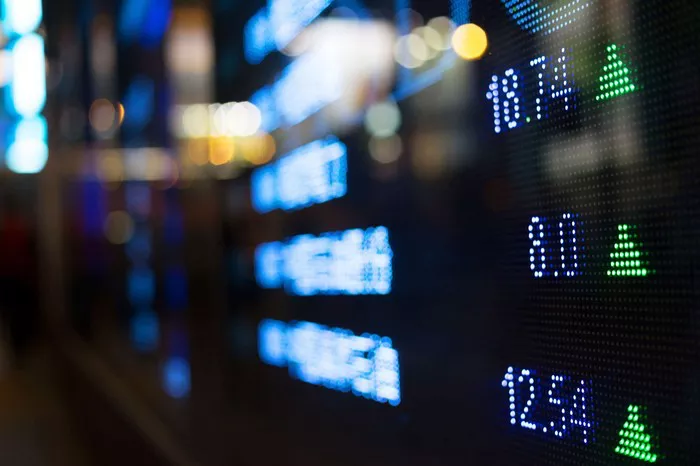Futures trading has become increasingly popular in the world of cryptocurrency and traditional finance. Binance, one of the leading cryptocurrency exchanges, offers a platform for traders to engage in futures trading. If you’re considering trading futures on Binance, you may be wondering how long you can hold your positions and what strategies are best suited for your goals.
Understanding Futures Trading on Binance
Before delving into holding periods, it’s essential to grasp the basics of futures trading. Futures contracts are financial derivatives that allow traders to speculate on the future price movements of an underlying asset, such as cryptocurrencies like Bitcoin or Ethereum. Binance offers a range of futures contracts with varying expiration dates, allowing traders to choose contracts that align with their trading strategies.
Perpetual Futures Contracts
Binance offers perpetual futures contracts, which are a type of futures contract with no fixed expiration date. These contracts are designed to mimic the spot market’s price as closely as possible, making them ideal for traders who wish to hold positions for an extended period. Perpetual contracts are open-ended and do not expire, allowing traders to maintain their positions for as long as they desire.
Quarterly and Bi-Quarterly Futures Contracts
In addition to perpetual contracts, Binance also offers quarterly and bi-quarterly futures contracts. These contracts have fixed expiration dates, typically at the end of each calendar quarter. Traders who opt for these contracts must be mindful of the expiration date and consider their holding period accordingly. It’s important to note that quarterly and bi-quarterly contracts may have different characteristics and trading volumes compared to perpetual contracts.
Choosing the Right Holding Period
The choice of holding period in futures trading on Binance depends on various factors, including your trading strategy, risk tolerance, and market outlook. Here are some common holding periods and the strategies associated with them:
Day Trading: Day traders open and close positions within the same trading day, seeking to profit from short-term price movements. Holding periods are typically minutes to hours. Day traders often use technical analysis and leverage to capitalize on intraday price fluctuations.
Swing Trading: Swing traders aim to capture price swings or trends that span several days to weeks. Holding periods can range from days to a few weeks. Swing traders rely on technical and fundamental analysis to identify entry and exit points.
Position Trading: Position traders take a longer-term view of the market and may hold positions for weeks, months, or even years. They focus on fundamental analysis and macroeconomic factors to make informed decisions.
Hedging: Some traders use futures contracts to hedge their existing cryptocurrency holdings. In this case, the holding period may vary, depending on the trader’s hedging strategy and the duration of the underlying exposure.
Risk Management and Leverage
Regardless of your chosen holding period, effective risk management is crucial in futures trading. Binance offers leverage options for futures contracts, which can amplify both gains and losses. Traders should use leverage judiciously and set stop-loss orders to limit potential losses. Risk management strategies, such as position sizing and portfolio diversification, are essential for protecting capital.
Market Conditions and Volatility
Market conditions and volatility can influence the ideal holding period for futures trading. Highly volatile markets may be suitable for short-term trading strategies, while less volatile markets may favor longer holding periods. Traders should adapt their strategies based on the prevailing market conditions and their risk tolerance.
Continuous Monitoring and Analysis
Regardless of your chosen holding period, continuous monitoring and analysis of the market are essential. Stay informed about news and events that may impact the cryptocurrency market, as sudden developments can influence price movements. Regularly review your positions and adjust your strategy as needed to adapt to changing market conditions.
Tax Implications
It’s crucial to be aware of the tax implications of your holding period and trading activities. Tax laws regarding cryptocurrency trading vary by jurisdiction, and holding periods can affect the taxation of your gains or losses. Consult with a tax professional or accountant to ensure compliance with tax regulations in your area.
Conclusion
In conclusion, the choice of holding period in futures trading on Binance is a highly individualized decision that should align with your trading goals, risk tolerance, and market outlook. Whether you prefer day trading, swing trading, or longer-term position trading, it’s essential to develop a well-defined strategy, practice effective risk management, and stay informed about market developments. By tailoring your approach to your unique circumstances, you can navigate the dynamic world of futures trading on Binance with confidence and skill.

